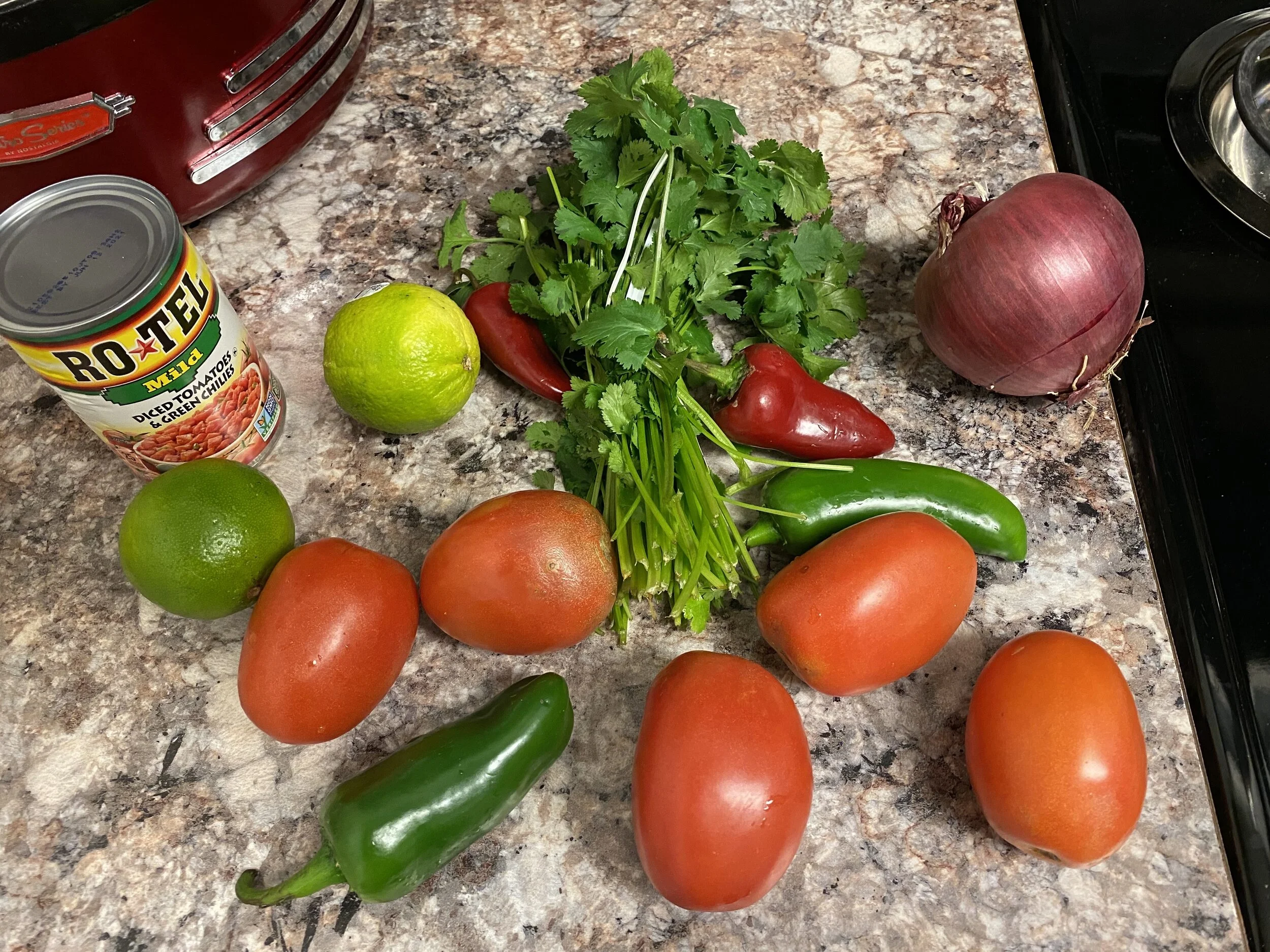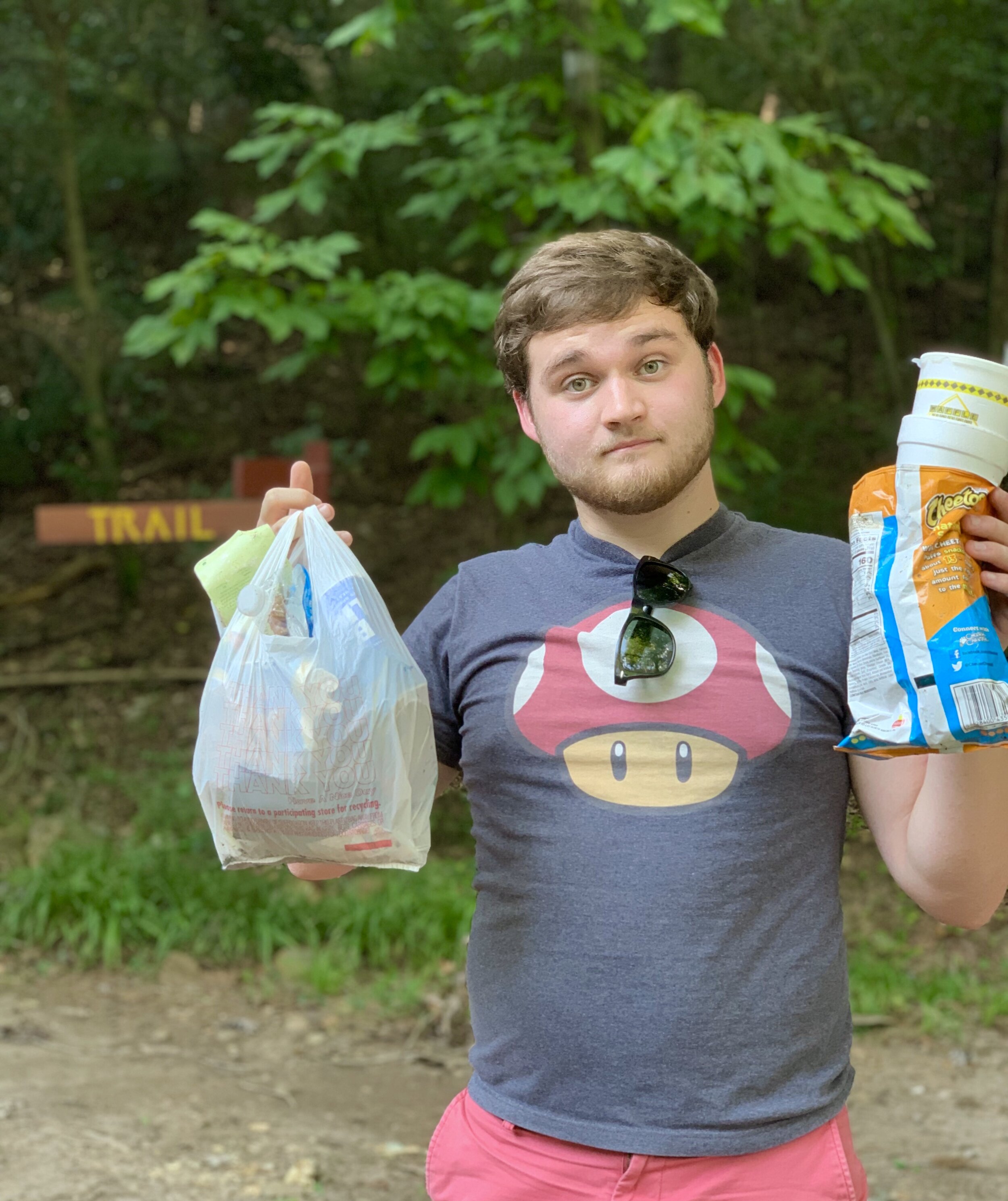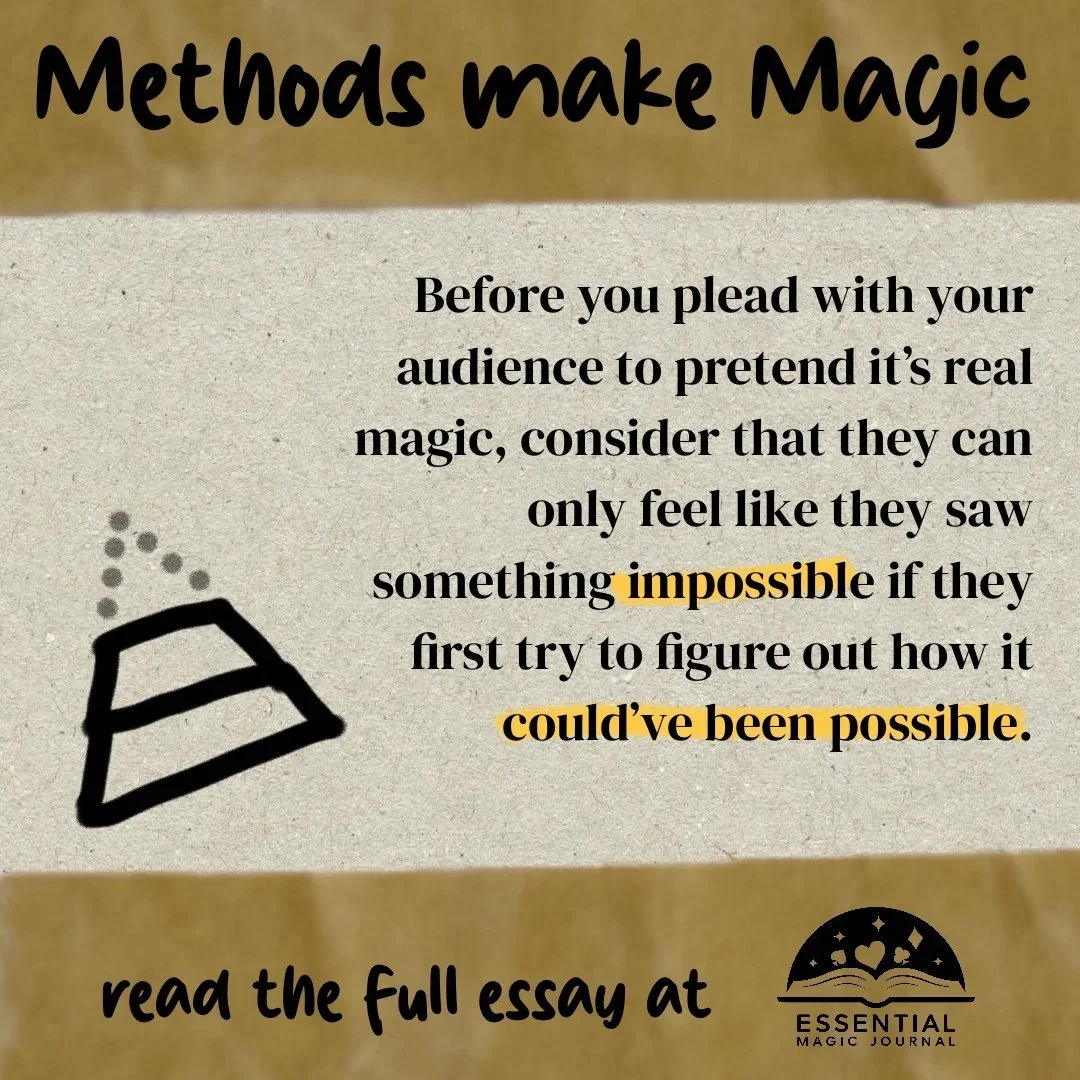Food Waste (and how to help!)
There are lots of people on the planet, and there are very few things that we virtually all have in common. But a couple things that unite us all are: we all consume food, we all live on earth. And right now, our food system is failing us on both of these fronts. Despite the fact that we all need food and have enough for everybody, we waste way too much of it, so lots of people are still going hungry (around the world, but even right here in the “developed” United States). And if that’s not bad enough, our food waste also has pretty bad effects on our planet, the home we all share (unless you’re a crew member of the ISS, in which case, I’ll exempt you from any food waste responsibility at this time).
The USDA estimates that 40% of the food produced in the United States is never eaten. Read that again. Better yet, I’ll make you read it again. The USDA estimates that 40% of the food produced in the United States is never eaten. Did it sink in that time? If esoteric percentages don’t speak to you, that’s 131 billion pounds of food, or more than 200 pounds of food thrown away per person annually. And if you are more money-motivated, consider that producing then trashing that much food costs $161 Billion (that’s Billion, with a capital B); I don’t know how I’d spend that much money, but I know we could all find better ways to spend $161 Billion than sending food into the trash. And while we’re throwing away all this stuff that keeps us alive, there are 1 in 8 Americans who are struggling to put food on the table.
Oh, and if that weren’t bad enough, most of that wasted food ends up in landfills, where it decomposes without oxygen, which creates methane, a greenhouse gas that is up to 36 times better than carbon dioxide at trapping heat in the atmosphere. Great, now we’re wasting huge amounts of money, throwing away food while people starve, and contributing to climate change?
Okay, take a deep breath (I certainly need to).
There are some big players working on fixing this problem. For example, the USDA has partnered with the EPA to cut the United States’ food loss and waste in half by the year 2030. A number of companies have joined this program, all committing to reduce their own food waste by 50% by then as well.
But there are also a lot of things you and I can do that will help this problem. Below you’ll find a bunch of really easy tips that will save you money, help you reduce your own food waste and environmental footprint, and least importantly, get you a gold star from me for making an effort to make the world a better place.
Pick the not-perfect produce at the grocery store
Stop being such a fruit diva; you aren’t going to be posting all your produce on Instagram (if you are, post pictures of your ugly fruit and brag about how you’re saving the planet). If a fruit has a spot or isn’t super pretty, most people will leave it, and it will likely get thrown away. Usually these foods are fine, so try and grab the ugly ones if they’re still edible. You can also grab the single bananas that got separated from the bunch, since most people leave these and they end up getting thrown out (as a bonus, you can look for bananas at various stages of ripeness, so they’ll be ready to eat on different days, and you always have the tastiest bananas).
Plan ahead
If we all planned better, we wouldn’t be throwing old food away so much. Here are some ideas:
Make a weekly or biweekly meal plan for all your meals: breakfast, lunch, dinner, snacks.
Try to plan recipes that use the same ingredients so you can use up your ingredients before they go bad
Make a list before going to the store
Keep perishables in view (fruits in bowl on counter, or in front of other food) so you’re more likely to eat them (this is also a great idea if you’re trying to eat healthier—yay, double tip!)
Supercook.com
This is a really cool website to help you use what you already have instead of buying more food. They have checkboxes for all kinds of basic ingredients, and you mark everything you have on hand. When you’re finished, it’ll give you all kinds of recipes you can make now. I tried this, and it only took me a couple minutes to check off all my ingredients. You can also set it to only show recipes that use a certain ingredient, if you have something you need to use up fast.
Compost
I’ll admit I’m no expert here, although it is something I’ve been learning about and will be working on this summer (stay tuned!). But from what I’ve learned, it can be really easy to make a compost at home, and some cities even have compost pickup services that will pick up your food scraps to turn into fertilizer.
Store things properly
A lot of our spoiled food is just due to poor storage, causing it to expire faster than it should. The FDA recommends fridge at 40 degrees or lower to reduce the amount of bacteria that can grow. Store fruits in the best place for maximizing their lifespan. For some fruits, like bananas and tomatoes, this is the counter. Apples, berries, and lemons and limes last longest in the fridge, but should be kept separate from vegetables, since fruits release a certain gas that can spoil veggies. Garlic, potatoes, and onions can be kept in the pantry, but keep onions away from the others, since they release a gas that spoils other vegetables like potatoes.
Freeze what you can, especially if you have ever thrown it away because it went bad before you could get to it. Here’s a Washington Post article with a guide for freezing food.
Meat
Breads (pita, tortillas, loaves)
Milk, butter, shredded cheese
Fruits
Vegetables
Working on these steps can do a lot to reduce your food waste, which will not only save you money, but will also enable you to do your part in helping our hungry neighbors and our shared planet. If you have any other tips for reducing food waste, I’d love to hear them!






